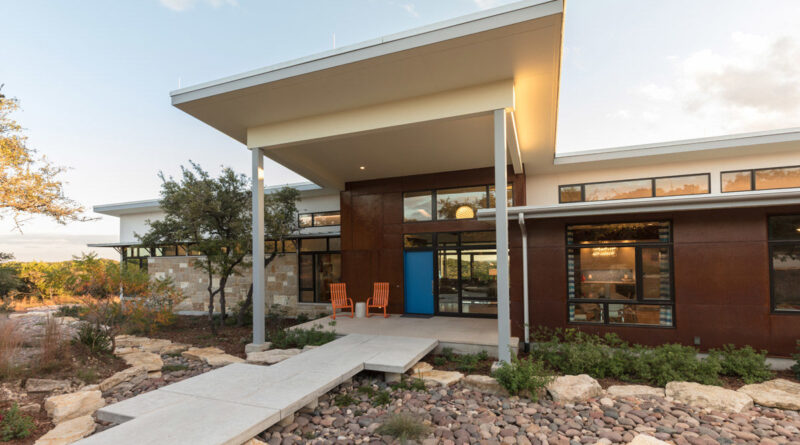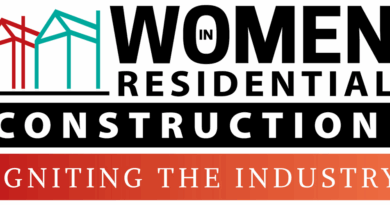Using construction site surroundings to elevate design
To builders, design is not just deciding on color palettes or fixtures, but in the details of shaping a home a client will love. The National Association of Home Builders (NAHB) Healthier Homes and Communities Subcommittee Chair John Barrows and architect Peter Pfeiffer explained in a recent editions of design bites ways design is factored into the beginning stages of construction.
Accounting for site selection is the first design aspect. Where the project faces in its natural environment affects natural heating, shading and ventilation. This consideration is not new, but increasingly more important as clients value energy efficiency more. Window placement and roofing styles contribute a large role in this as well. “This ambient energy can save up to 90% of a building’s energy needs, reduces electrical demands on the building’s grid, and improves a building’s resilience, making it an important component of any overall energy strategy,” explained Barrows in the episode.
Pfeiffer adds on to this sentiment, by angling the homes in a particular way with the sun will increase passive heating and cooling. The allowing the design to naturally light and shade the home contributes to its energy efficiency and comfortability. Being knowledgeable of a site’s surrounding extends to its climate, factoring in the possibility of extreme weather events while building mitigates the project’s need for repair.
Finally factoring in color choice is not following what is trendy. The color of a home could impact livability as well as utility bills for a home. Pfeiffer explained in a study he conducted, “the temperature of two neighboring homes – one with light exteriors and one with dark – and the lighter home was 30 degrees cooler than the darker home.” Being educated in the factors of site design will have significant impact on the project, the client’s satisfaction and the environment.




